Home>Interior Design>Decorating With Plants: 11 Ways To Display House Plants
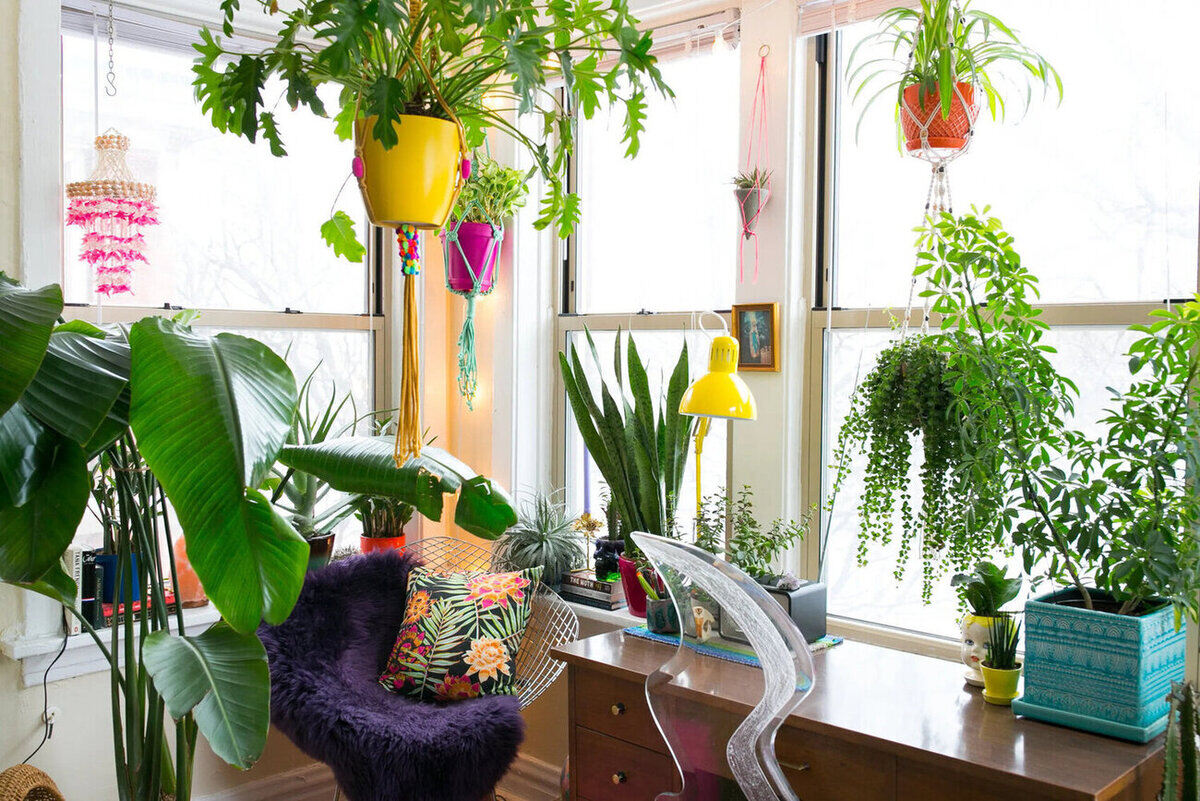

Interior Design
Decorating With Plants: 11 Ways To Display House Plants
Modified: January 19, 2024
Discover 11 creative interior design ideas for displaying house plants and adding a touch of nature to your home decor.
(Many of the links in this article redirect to a specific reviewed product. Your purchase of these products through affiliate links helps to generate commission for Storables.com, at no extra cost. Learn more)
Introduction
Adding plants to your interior design can bring life, color, and a sense of tranquility to your space. Not only do plants purify the air and create a healthier environment, but they also add a touch of natural beauty that can transform any room. Whether you have a green thumb or struggle to keep plants alive, there are numerous ways to display house plants that will enhance the aesthetics of your home.
In this article, we will explore 11 creative and stylish ways to incorporate house plants into your interior design. From hanging plants to wall-mounted planters, we will give you plenty of inspiration to create a stunning green oasis in your home. So, let’s dive in and discover the wonderful world of decorating with plants!
Key Takeaways:
- Bring nature indoors and enhance your home’s ambiance with creative plant displays, from hanging plants to vertical gardens, adding beauty and tranquility to your interior design.
- Elevate your space with stylish planters, macrame hangers, and terrariums, creating unique and personalized arrangements while promoting a healthier and more enjoyable living environment.
Read also: 11 Best House Plant Fertilizer for 2025
Hanging plants
One of the most popular ways to display house plants is by hanging them. This not only saves precious floor or table space but also creates a visually dynamic and eye-catching display. Hanging plants can be placed in various locations throughout your home, from windows and doorways to ceilings and even staircases.
When it comes to hanging plants, there are several options to choose from. You can opt for traditional hanging baskets made of natural materials like rattan or woven fibers, or you can go for more modern alternatives like macrame plant hangers or metal hanging planters. These options offer versatility in terms of style, allowing you to find the perfect fit for your home aesthetic.
Popular hanging plants include trailing vines like pothos, ivy, and philodendron, as well as varieties with cascading foliage such as spider plants and string of pearls. Hanging plants look especially stunning when grouped together at varying heights, creating a lush and green focal point in any room.
When displaying hanging plants, it’s important to consider their care and maintenance. Ensure that the chosen location provides adequate light for the specific plant species. Also, be mindful of watering the plants properly, as they may require more frequent watering when suspended in the air compared to those in pots or on shelves.
Incorporating hanging plants into your interior design not only adds visual interest but also brings a sense of nature indoors. They can be particularly effective in spaces with high ceilings or bare walls that need some greenery to liven them up.
Wall-mounted planters
If you’re looking for a unique and space-saving way to display your house plants, wall-mounted planters are the perfect solution. These planters allow you to create living artwork on your walls, adding a natural and artistic touch to your interior design.
Wall-mounted planters come in a variety of styles and materials, giving you the flexibility to choose the option that best suits your aesthetic preferences. From sleek and modern metal planters to rustic wooden frames, there is a wall-mounted planter design for every style.
When selecting wall-mounted planters, consider the size and weight of the plants you want to display. Some planters are designed to hold small potted plants, while others are spacious enough for larger plants or even a collection of smaller ones. Ensure that the planters are securely fastened to the wall to prevent accidents and ensure stability.
With wall-mounted planters, you can get creative with the arrangement of your plants. Consider creating a geometric pattern or a vertical garden effect by grouping planters of different sizes and shapes together. This not only adds visual interest but also allows you to showcase a variety of plant species.
Wall-mounted planters are a fantastic option for those who have limited floor space or for those who want to utilize their wall space to its fullest potential. They can be placed in any room, from the living room and bedroom to the kitchen and even the bathroom, adding a touch of nature to every corner of your home.
When it comes to maintenance, make sure to select plants that are suitable for the specific lighting conditions in your home. Additionally, consider the accessibility of the planters for watering and regular upkeep. Wall-mounted planters can be an excellent choice for low-maintenance plants or for those that are easy to reach and care for.
By incorporating wall-mounted planters into your interior design, you can transform your walls into living, breathing art installations. They offer a unique and stylish way to showcase your love for plants while making a statement in your home.
Terrariums
Terrariums are miniature gardens enclosed in glass containers, creating a captivating and self-contained ecosystem. They are not only visually stunning but also require minimal maintenance, making them a perfect choice for those with a busy lifestyle or those who struggle to keep plants alive.
There are two main types of terrariums: open and closed. Open terrariums have openings or ventilation, allowing for air circulation, while closed terrariums are sealed, creating a self-sustaining environment. Both types offer their own unique aesthetics and advantages.
When it comes to choosing plants for your terrarium, opt for species that thrive in a humid and low-light environment. Popular choices include moss, ferns, succulents, and air plants. These plants not only add a lush and vibrant touch to your terrarium but are also relatively low-maintenance.
When designing your terrarium, consider the balance of different plant heights, textures, and colors to create an aesthetically pleasing arrangement. Use decorative rocks, pebbles, or sand as a base layer for drainage, and add a layer of activated charcoal to keep the environment fresh. Finally, top it off with quality potting soil and arrange your chosen plants, taking care not to overcrowd the terrarium.
Terrariums can be placed on tabletops, shelves, or even hung from the ceiling, depending on the size and design of the container. They make great focal points in any room, adding a touch of enchantment and creating a miniaturized version of a natural landscape within your home.
Maintenance for terrariums is relatively simple. Closed terrariums require very little watering, as the enclosed environment creates a self-sustaining cycle of condensation and evaporation. Open terrariums may require occasional misting or watering, depending on the moisture needs of the plants. However, it’s essential to monitor the moisture levels to prevent overwatering.
Terrariums offer a unique and captivating way to display plants in your home. They bring a touch of nature and whimsy to any space, making them a perfect choice for those looking to add a bit of greenery to their interior design.
Plant stands
Plant stands are versatile pieces of furniture that allow you to showcase your house plants at varying heights. They can be standalone units or incorporated into existing furniture, such as side tables or shelves, providing an ideal platform to display your green beauties.
When selecting plant stands, consider the style and material that will complement your interior design. From sleek and modern metal stands to rustic wooden ones, there are numerous options to choose from. Opt for a stand that not only fits your aesthetic preferences but also provides stability and support for your plants.
Plant stands come in various sizes and shapes, allowing you to create a visually appealing arrangement. Consider mixing different plant species of varying heights and textures to add depth and interest to your display. You can also play with the arrangement of the stands, creating a dynamic composition that draws the eye and enhances the overall aesthetics of the space.
Plant stands can be placed in any room, from the living room and bedroom to the hallway and even the bathroom. They are particularly useful in corners or empty spaces that need a splash of greenery. Additionally, plant stands are great for showcasing larger plants that may require more space to grow and thrive.
Maintenance for plants on stands is similar to other potted plants. Ensure that your plants receive adequate light and water according to their specific needs. It’s also important to consider the stability of the plant stands and their ability to hold the weight of the plants. Regularly inspect the stands for any signs of wear or damage to prevent accidents or plant loss.
Plant stands not only elevate your house plants but also add a decorative element to your interior design. They provide a stylish and organized way to display your plant collection, making a statement in any room. Whether you go for a minimalistic and modern approach or a bohemian and eclectic arrangement, plant stands are a fantastic choice to enhance your home’s aesthetics.
Macrame plant hangers
Macrame plant hangers have made a comeback in recent years, adding a bohemian and artistic touch to interior design. These handcrafted hangers are made using knotting techniques, creating intricate patterns that beautifully suspend your house plants.
When it comes to macrame plant hangers, there are countless designs and styles to choose from. You can find hangers made of natural fibers like cotton or jute, which add a rustic and earthy feel to your space. Alternatively, you can opt for colorful and bold designs to inject a pop of personality into your interior design.
Macrame plant hangers are versatile and can be hung from ceilings, hooks, or even wall-mounted brackets. They allow you to showcase your plants at different levels, creating a visually appealing display. You can play with the length of the hangers to create a cascading effect or keep them at the same level for a more uniform look.
When selecting plants for macrame plant hangers, consider their specific care requirements. Some plants thrive in bright and indirect light, while others prefer low-light conditions. Choose plants that are suitable for the location where your hanger will be placed to ensure their health and longevity.
One of the advantages of macrame plant hangers is that they add texture and visual interest to your space. The intricate knots and patterns create a unique focal point, making them a statement piece in any room. They are particularly popular in bohemian, eclectic, or coastal-inspired interior design styles.
Maintenance for plants in macrame plant hangers is similar to other hanging plants. Ensure that you water the plants properly and provide them with the appropriate amount of light for their species. It’s important to regularly check the hangers for any signs of wear or damage and make any necessary adjustments or repairs.
Macrame plant hangers not only provide a stylish way to display your house plants but also add a touch of handmade charm to your interior design. They create a cozy and inviting atmosphere and can easily become a conversation starter among guests. Whether you have a single macrame hanger or a collection of them, they are sure to elevate your plant display and bring a bohemian flair to your home.
Window Sill Gardens
Window sill gardens are a perfect way to make use of the natural light and space provided by your windows. They allow you to create a beautiful display of plants while maximizing the limited surface area of your window sills.
When setting up a window sill garden, consider the available sunlight and the size of your window sill. Choose plants that thrive in the specific lighting conditions of your window, whether it receives direct sunlight or is in a more shaded area. Herbs, succulents, and flowering plants are popular choices for window sill gardens.
There are several options to display your plants on the window sill. You can use individual potted plants, arrange them in groups, or even create a mini herb garden. Additionally, you can utilize various containers such as pots, jars, or even repurpose old tins or mugs to add a unique touch to your window sill garden.
When arranging your plants, consider the height and width of each plant to create a balanced and visually appealing composition. Place taller plants at the back or center, with shorter plants in the front or around the edges. This will help ensure that all the plants receive adequate sunlight and have enough space to grow.
Window sill gardens not only bring nature into your home but also offer a practical benefit. You can conveniently access herbs or small vegetables when cooking, saving you a trip to the grocery store and adding freshness to your meals.
Maintenance for window sill gardens involves regular watering and monitoring of sunlight exposure. Keep in mind that windows can magnify heat, so it’s important to water your plants accordingly to prevent drying out. Additionally, ensure that your window sill is properly sealed to prevent any water leakage or damage to your windows.
Window sill gardens bring life and color to your home while making use of otherwise unused space. They create a cozy and inviting atmosphere, allowing you to enjoy the beauty of plants and the natural light that streams in through your windows.
Consider using a variety of planters and stands to create visual interest and different levels of height when displaying your house plants. This can add depth and dimension to your space.
Plant Shelves
Plant shelves are a versatile and practical way to display your house plants while adding functionality to your space. They offer a dedicated area to showcase your plant collection, making a bold statement in your interior design.
When it comes to plant shelves, there are various options to choose from. You can opt for freestanding shelves that can be placed anywhere in your home, or you can take advantage of existing shelving units or built-in shelves. Additionally, you can choose from a range of materials, such as wood, metal, or glass, to suit your personal style.
Plant shelves provide opportunities for creative plant arrangements. You can organize your plants in groups or create a stunning display with plants of different sizes and heights. Consider mixing plant species with diverse foliage textures and colors to add visual interest to your arrangement.
One advantage of plant shelves is that they not only showcase your plants but also offer additional storage or display space. You can use the shelves to store books, decorative items, or even incorporate other home accessories to complement the overall aesthetic.
Plant shelves can be placed in various areas of your home, from the living room and bedroom to the kitchen and hallway. They can make use of empty wall space or act as room dividers, creating a natural and inviting atmosphere. Additionally, plant shelves are a great option for those who want to display larger or taller plants that may not be suitable for other display methods.
In terms of maintenance, regular watering and care for your plants are essential. Keep in mind that the placement of your plant shelves and the proximity to natural light may affect the watering needs of your plants. Ensure adequate drainage for potted plants and monitor their growth and health regularly.
Plant shelves offer a functional and aesthetic solution for displaying your house plants. They bring a sense of organization and beauty to your interior design and allow you to showcase your green thumb and love for plants in a stylish and unique way.
Vertical Gardens
Vertical gardens, also known as living walls or green walls, have gained popularity as a creative and space-saving way to display house plants. These vertical installations not only add a striking visual element to your interior design but also provide numerous benefits in terms of air purification, noise reduction, and temperature regulation.
Vertical gardens can be installed in various ways, depending on your preference and available space. You can utilize specially designed vertical garden systems that incorporate a structure, panels, and a watering system. Alternatively, you can create your own DIY version using wall-mounted planters, hanging pots, or even repurposed items like shoe organizers or upcycled pallets.
When designing your vertical garden, consider the types of plants that will thrive in this particular setup. Choose plants with shallow root systems, such as succulents, ferns, or small leafy greens. Ensure that the light requirements of the plants are met, whether your vertical garden is positioned in a well-lit area or if you need to supplement the lighting with grow lights.
Vertical gardens offer endless possibilities for arranging your plants. Consider playing with different textures, colors, and sizes to create an eye-catching display. You can arrange the plants in a uniform pattern or create a more organic and flowing arrangement for a natural look.
Vertical gardens can be placed in any room of your home, from the living room and dining area to the kitchen and even the bathroom. They are particularly useful in small spaces or urban environments where outdoor gardening may be limited. Additionally, vertical gardens can serve as beautiful focal points in lobbies, office spaces, or commercial establishments.
Maintenance for vertical gardens may involve regular watering and monitoring of the plant health. Depending on the setup, the watering system in vertical gardens can vary, ranging from built-in irrigation to manually watering each plant. It’s important to ensure proper drainage to prevent water accumulation and potential damage to the structure or walls.
Vertical gardens not only enhance the aesthetics of your interior design but also contribute to a healthier and more eco-friendly living environment. They provide an innovative way to incorporate nature into your space and allow you to enjoy the beauty and benefits of house plants in a unique and visually stunning way.
Plant Baskets
Plant baskets are a versatile and natural way to display your house plants. These woven containers not only add texture and warmth to your interior design but also provide a practical solution for showcasing your green beauties.
When selecting plant baskets, consider the size and shape that will accommodate your plants. You can find baskets made from various materials, such as seagrass, rattan, or even woven cotton. Each material offers its own unique aesthetic appeal and fits different interior design styles.
Plant baskets are available in different designs and sizes, providing options for both small and larger plants. You can choose from hanging baskets that can be suspended from the ceiling or wall-mounted brackets. Alternatively, you can opt for floor baskets that can be placed on the ground or elevated with a stand.
One of the advantages of plant baskets is their mobility. You can easily move them around your home and change their placement according to your preferences or to optimize lighting conditions for your plants. This flexibility allows you to experiment with different arrangements and create a dynamic display.
When using plant baskets, it’s important to provide appropriate drainage for your plants. Consider inserting a plastic or ceramic liner in the basket to prevent water from seeping through. This will ensure that your plants receive the proper amount of water while protecting your floors or furniture.
Plant baskets are particularly popular for displaying trailing, cascading, or vining plants. Their open design allows for the plants to hang and spill over the sides, creating a visually appealing and lush display. Hanging baskets can be grouped together at varying heights to add depth and dimension to your space.
Maintenance for plant baskets involves regular watering and care for your plants. Take note of the specific watering needs of each plant and adjust accordingly. You may need to remove the plants from the basket for thorough watering, allowing any excess water to drain properly.
Plant baskets add a natural and organic element to your interior design. They bring a touch of nature indoors and allow you to showcase your plants in a rustic and charming way. Whether you choose to hang them or place them on the floor or furniture, plant baskets are a stylish and functional option for displaying your house plants.
Plant Walls
Plant walls, also known as vertical planters or green walls, have become increasingly popular in interior design. These living installations transform ordinary walls into vibrant displays of lush foliage, creating a stunning focal point in any space.
There are several ways to create plant walls, depending on your preference and the available space. You can use modular systems that consist of interlocking panels or trays, allowing you to easily hang or mount your plants. Alternatively, you can utilize wall-mounted planters or even construct your own DIY version using recycled materials like pallets or salvaged wood.
When designing your plant wall, consider the size and shape of the area where you want to create it. Determine the number of plants you would like to incorporate and plan the layout accordingly. You can create a uniform arrangement with plants of the same species or mix and match different plants to create a visually dynamic and diverse display.
When selecting plants for your plant wall, consider the lighting conditions and the specific care requirements of each plant species. Choose plants that will thrive in the available light, whether it’s bright and direct or more shaded. Opt for varieties that have a range of textures, colors, and growth habits to create a visually appealing composition.
Maintenance for plant walls involves regular watering, pruning, and monitoring of the plants’ health. Some plant wall systems come with built-in irrigation systems or trays that collect and recirculate water. If you have a DIY plant wall, ensure proper drainage and water the plants according to their individual needs.
Plant walls can be used in various areas of your home, from living rooms and dining areas to kitchens and bedrooms. They can also be incorporated into commercial spaces such as offices, cafes, or hotels to add an inviting and refreshing ambiance.
Aside from their aesthetic appeal, plant walls provide numerous benefits. They help purify the air by filtering toxins and releasing oxygen, creating a healthier environment. Additionally, they improve acoustics by absorbing noise, making them an excellent addition to spaces where sound control is desired.
Plant walls are a fantastic way to bring nature indoors and make a bold statement in your interior design. They provide a captivating and dynamic display of greenery, enhancing the overall aesthetics and creating a soothing and natural atmosphere.
Planters with Stands
Planters with stands are a stylish and functional way to display your house plants. These elevated planters not only add a decorative element to your interior design but also provide a practical solution for showcasing your greenery.
When selecting planters with stands, consider both the design of the planter and the style of the stand. Opt for materials and finishes that complement your interior design, whether it’s modern and sleek, rustic and natural, or bohemian and eclectic. Popular options include metal, wood, and ceramic planters paired with stands made from the same or contrasting materials.
Planters with stands are available in various shapes and sizes, allowing you to choose the ones that best accommodate your plants. From round and square planters to cylindrical or geometric shapes, there is a wide range of options to suit your aesthetics and space requirements.
The stands on which the planters are placed can vary in height and style. Consider taller stands to create a statement or more compact ones for a subtle and understated appearance. You can also experiment with different heights and arrange multiple planters with stands to create a visually engaging display.
When it comes to the plants themselves, choose species that complement the size and style of the planters and stands. Consider both the height and the width of the plants to ensure they fit well within the chosen arrangement. You can use a variety of plants, including flowering ones, leafy greens, or even small trees, to add texture and visual interest.
Maintenance for planters with stands is similar to maintaining potted plants. Ensure that your plants receive adequate light and water according to their specific needs. Regularly inspect the stands for any signs of instability or wear and make any necessary adjustments or repairs.
Planters with stands are versatile and can be placed in any room of your home, from the living room and bedroom to the patio or balcony. They can be used as focal points or to fill empty corners, adding a touch of greenery and style to your space.
With their elevated design, planters with stands also provide several practical advantages. They make it easier to care for your plants, as they can be positioned at a more comfortable height for watering, trimming, and grooming. Additionally, they help protect your floors and surfaces from potential water damage.
Planters with stands offer a beautiful and organized way to display your house plants. They add a decorative element to your interior design and create a stunning focal point in any room. Whether you choose a single planter with a stand or a collection of them, they are sure to elevate your plant display and bring a touch of sophistication to your home.
Conclusion
Incorporating house plants into your interior design is a wonderful way to bring nature into your home and enhance the overall ambiance. From hanging plants and wall-mounted planters to terrariums and macrame plant hangers, there are numerous creative and stylish ways to display your green beauties.
By utilizing different techniques and accessories like plant stands, window sill gardens, and plant shelves, you can maximize the space in your home while adding a touch of natural beauty. Vertical gardens and plant walls offer unique and eye-catching displays that not only beautify your space but also offer numerous health benefits.
Plant baskets and planters with stands provide a versatile and practical solution for showcasing your house plants. They add texture and style to your interior design while allowing you to organize and elevate your greenery. These options offer flexibility in terms of arrangement, making it easy to create visually appealing displays that suit your personal style.
No matter which method or combination of methods you choose, it’s important to consider the specific care requirements of your plants. Proper lighting, watering, and maintenance are crucial for the health and longevity of your green companions.
As you explore the different ways to display house plants, allow your creativity to shine through. Experiment with different plant combinations, textures, and heights to create unique and personalized arrangements. Remember, the goal is to create a space that not only looks beautiful but also brings you joy and tranquility.
So go ahead, bring the beauty of nature indoors and let your house plants become a central element of your interior design. Create inviting spaces that are not only aesthetically pleasing but also promote a healthier and more enjoyable living environment. With a bit of creativity and care, your house plants will thrive and bring life to your home for years to come.
Frequently Asked Questions about Decorating With Plants: 11 Ways To Display House Plants
Was this page helpful?
At Storables.com, we guarantee accurate and reliable information. Our content, validated by Expert Board Contributors, is crafted following stringent Editorial Policies. We're committed to providing you with well-researched, expert-backed insights for all your informational needs.
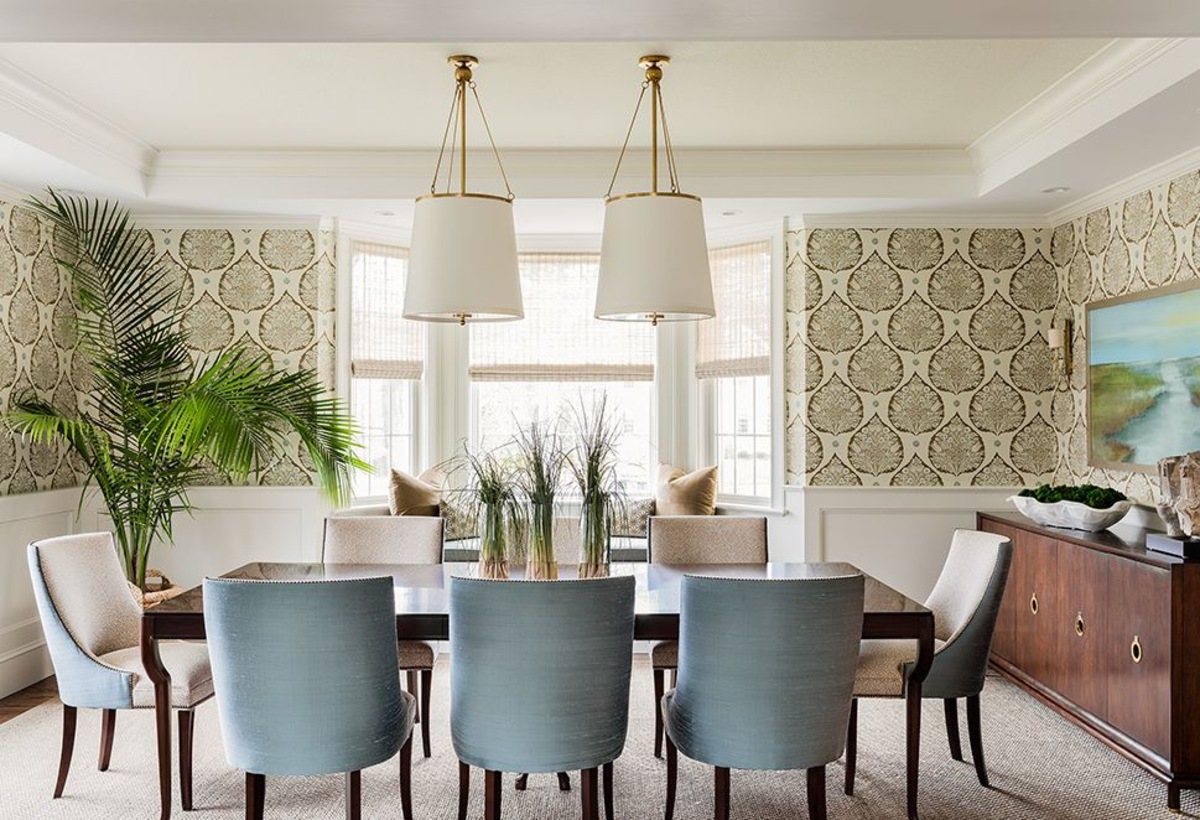
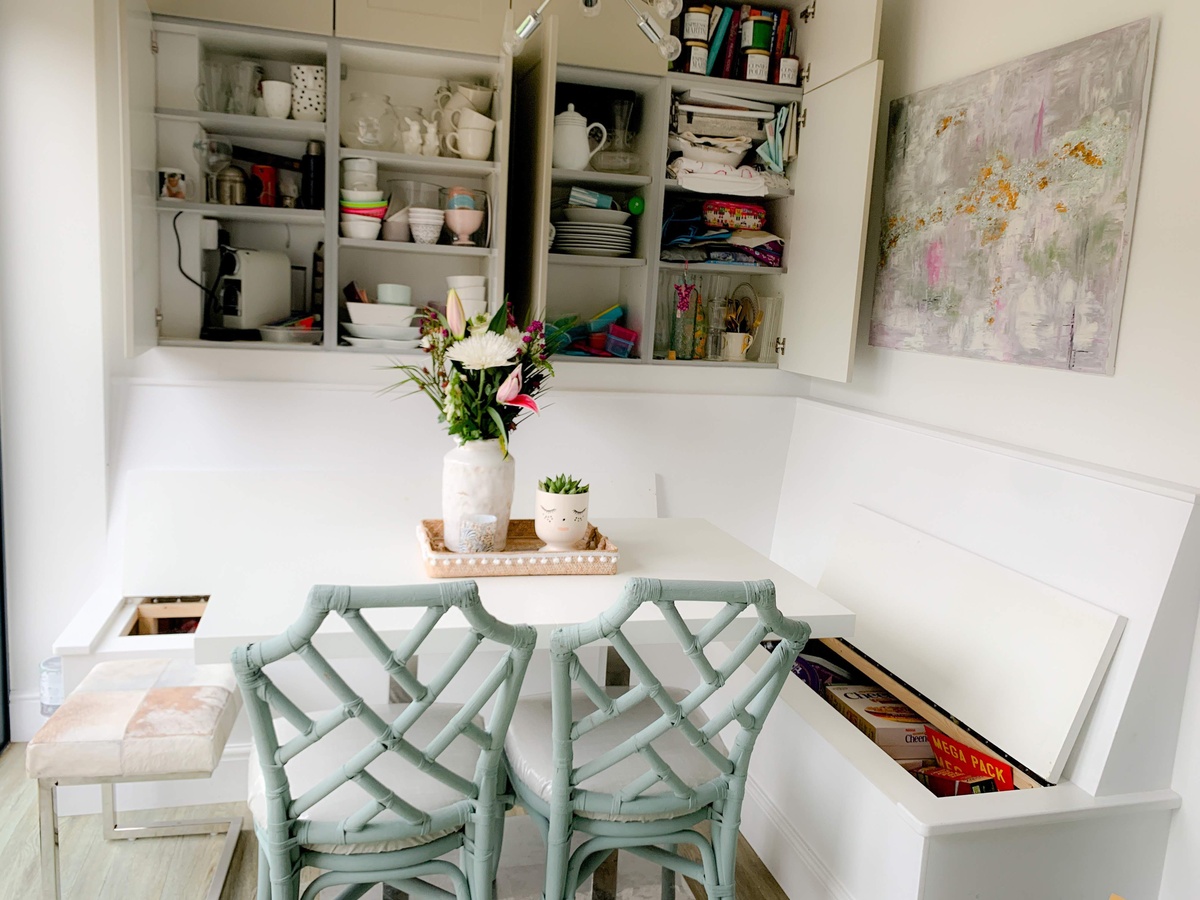
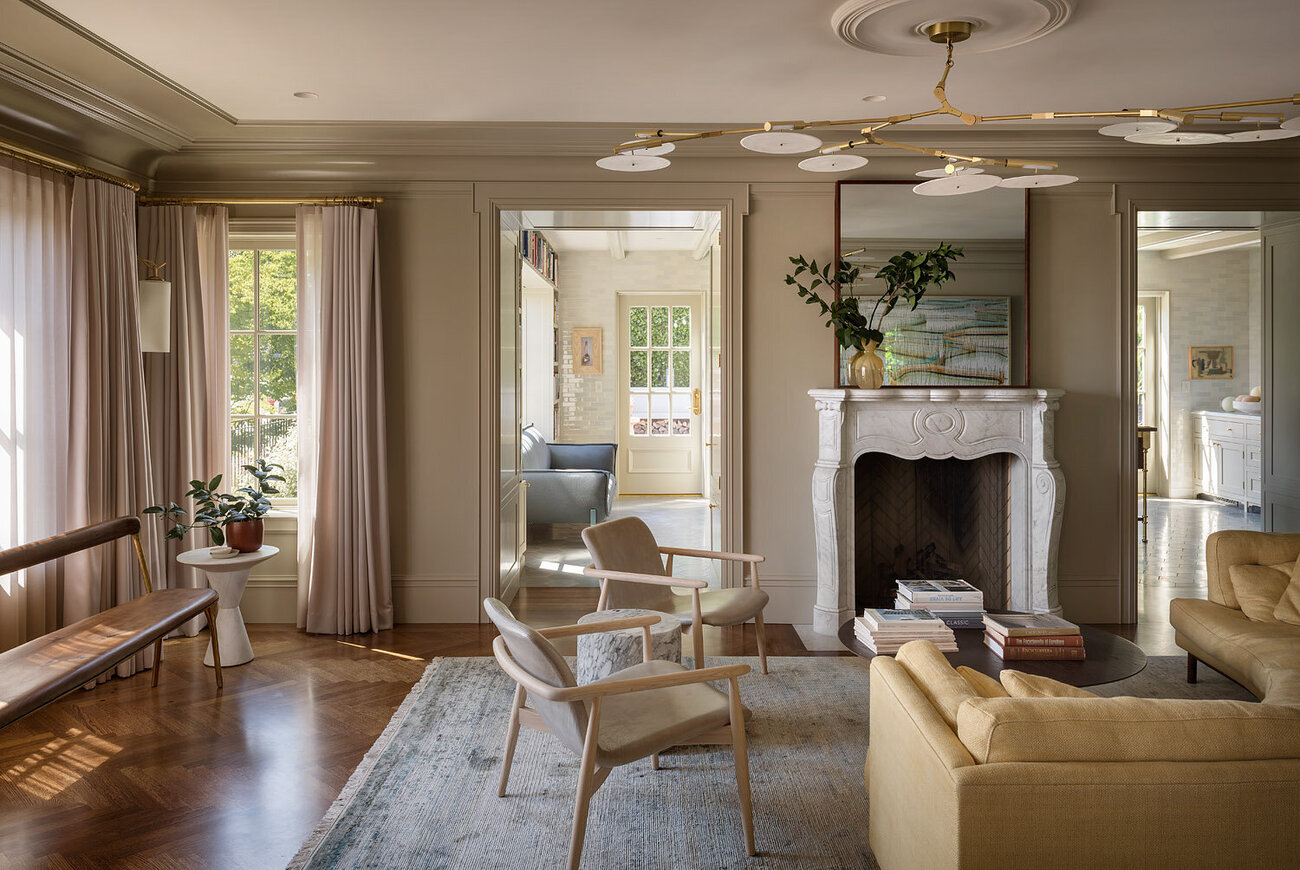
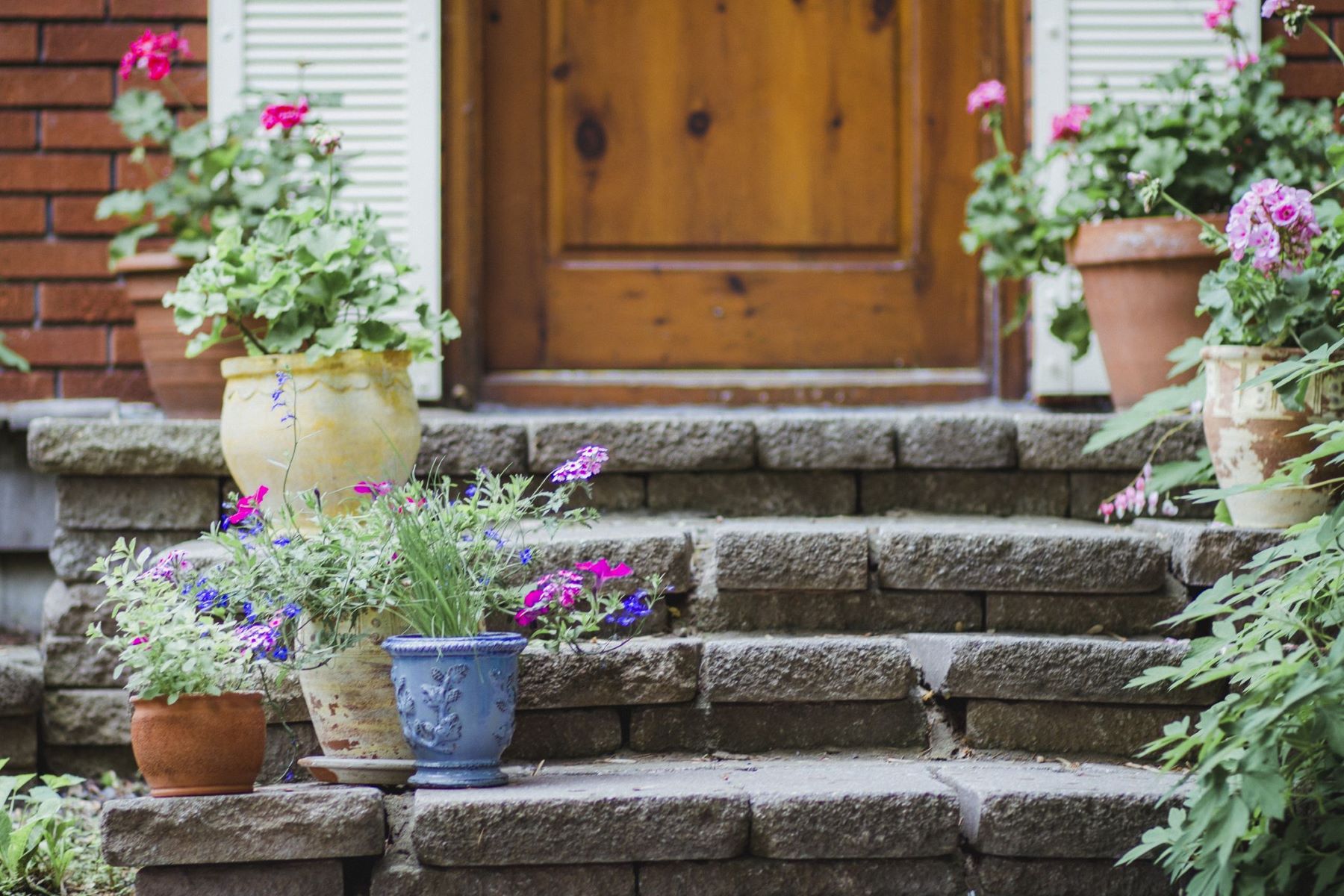
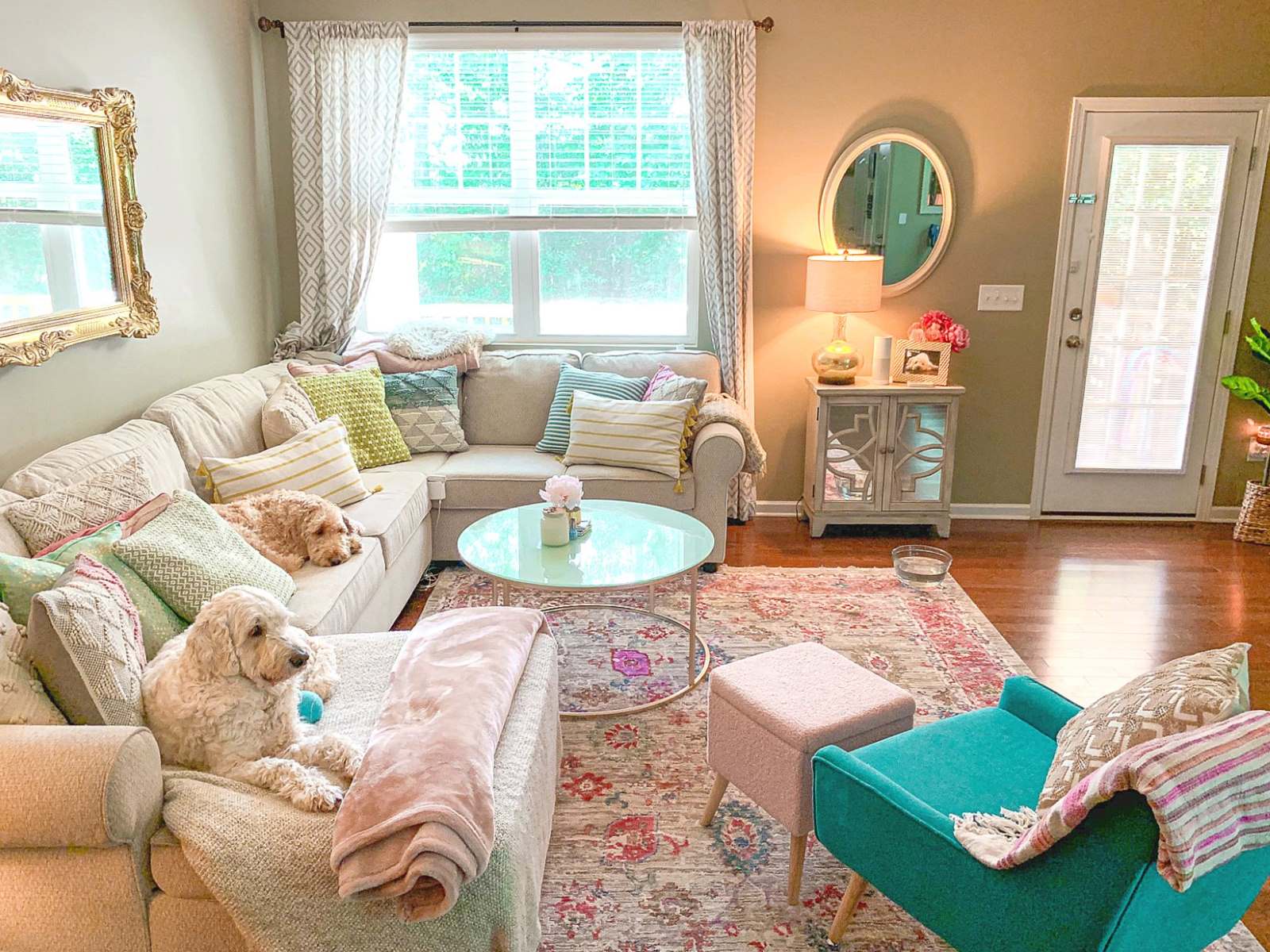
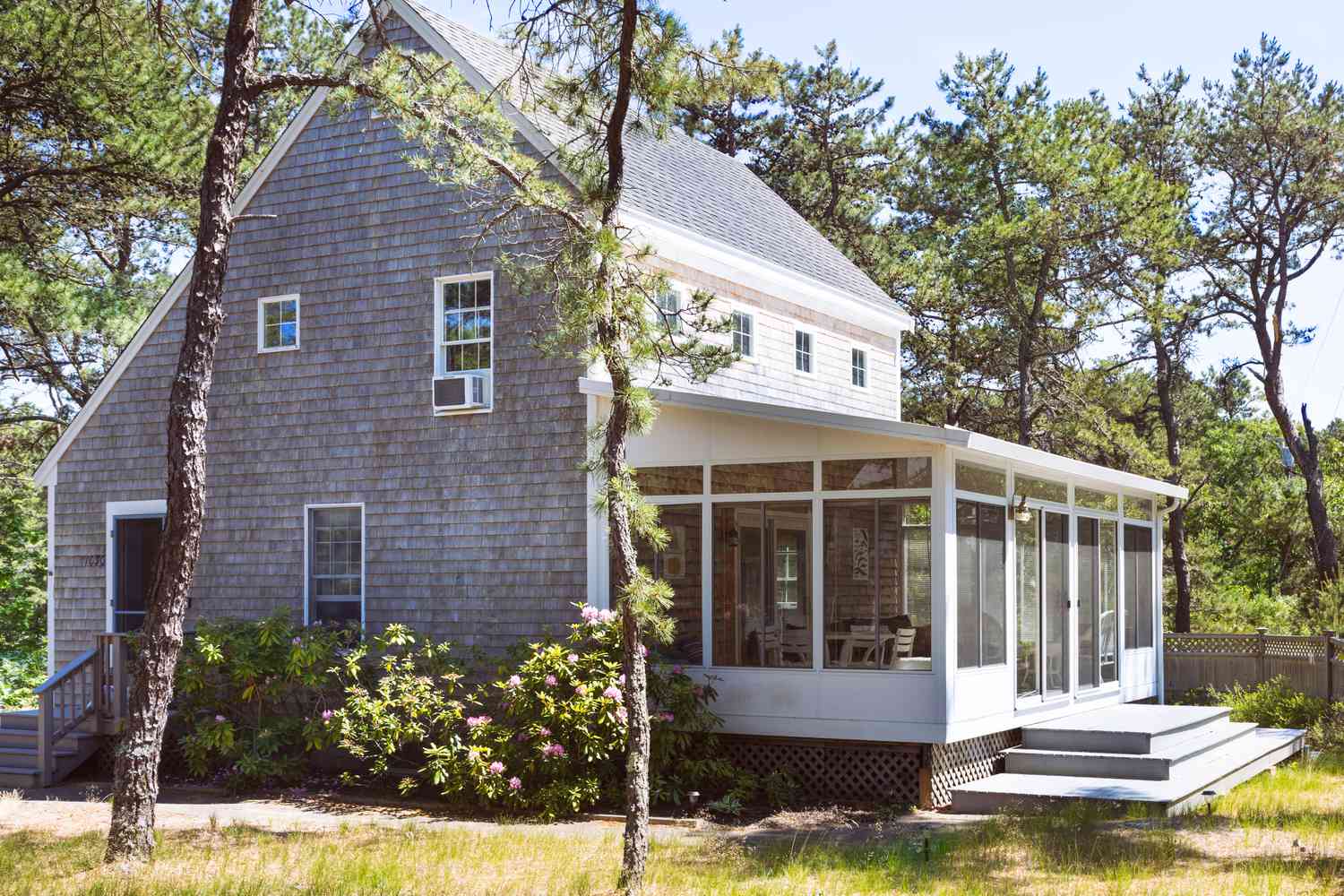
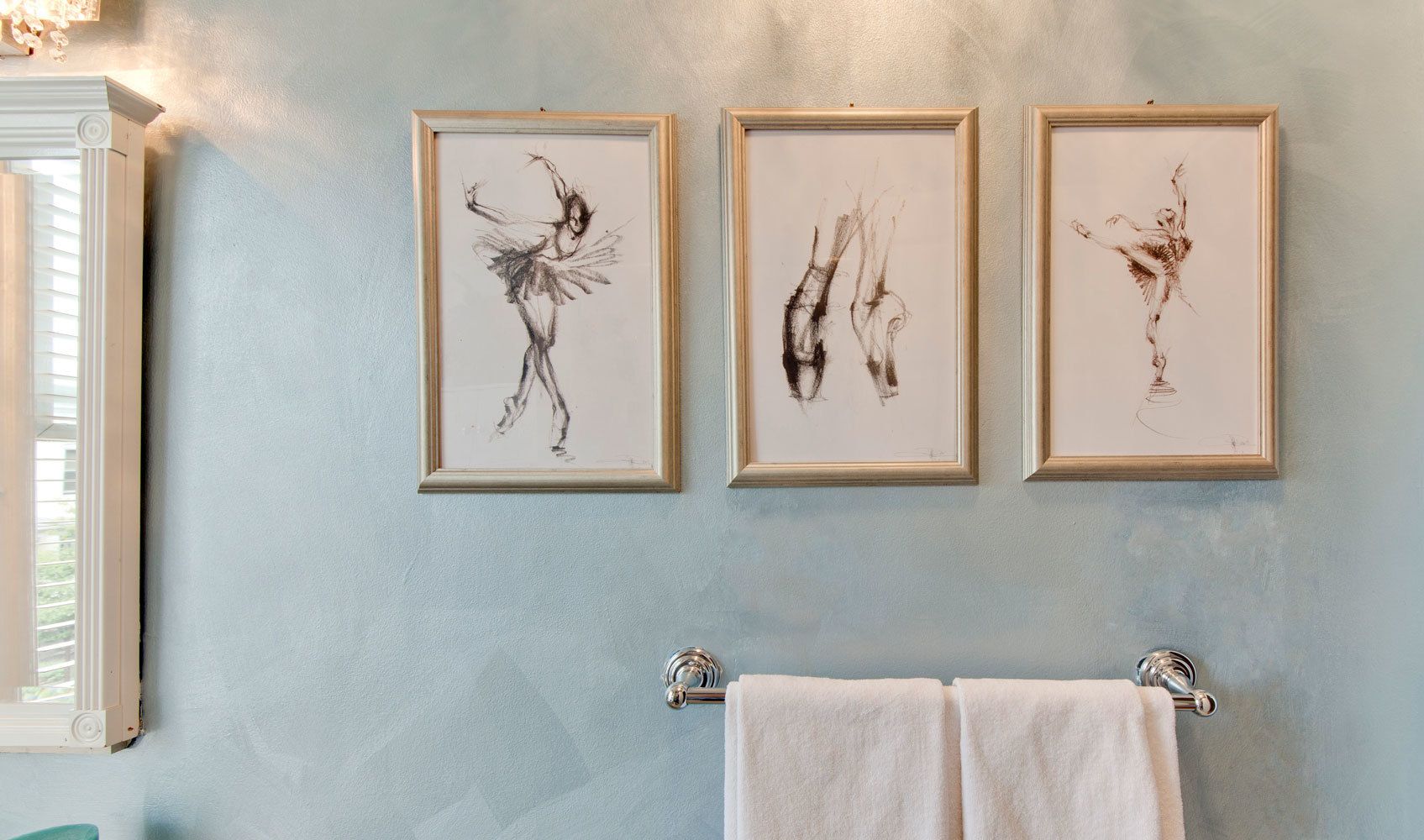
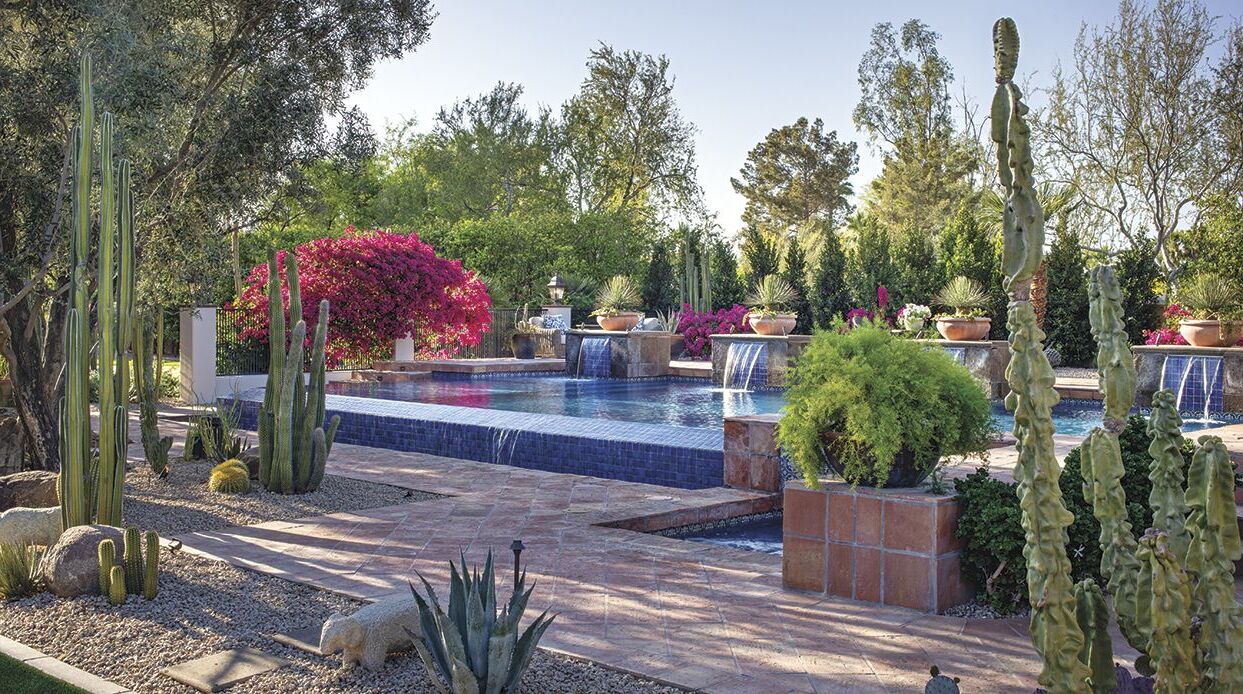
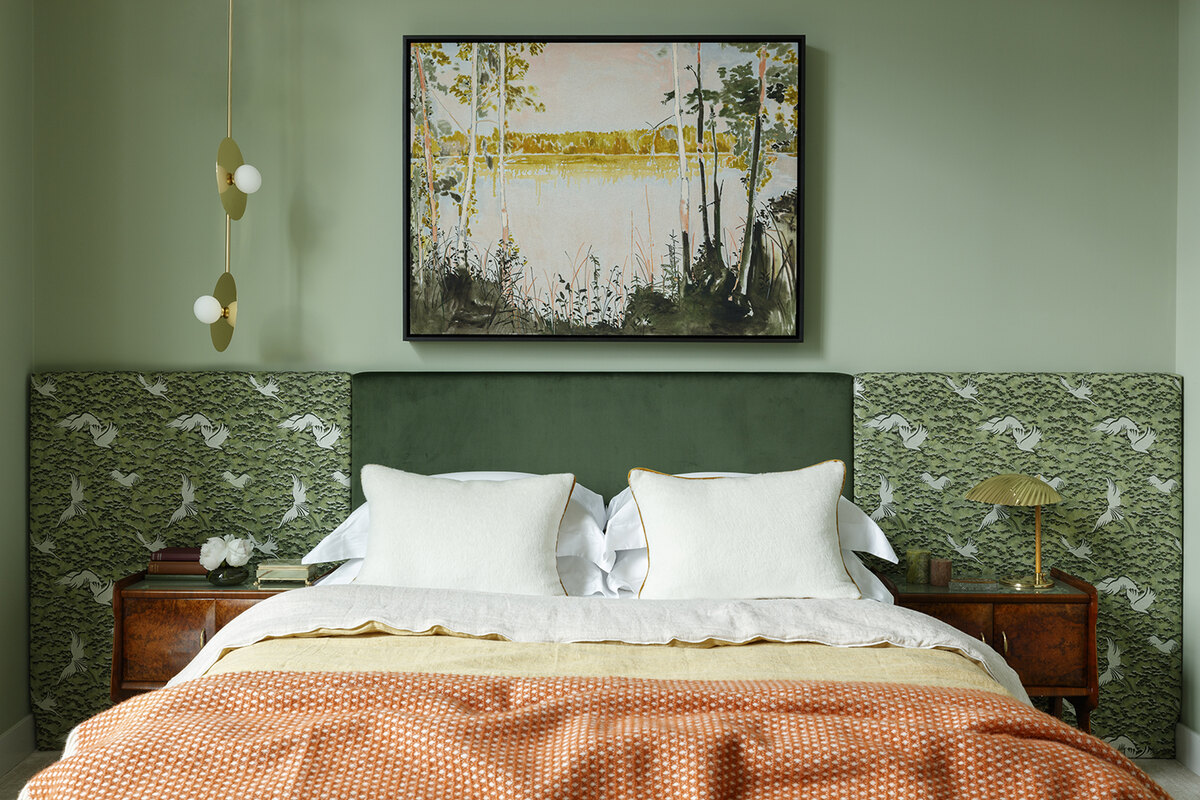
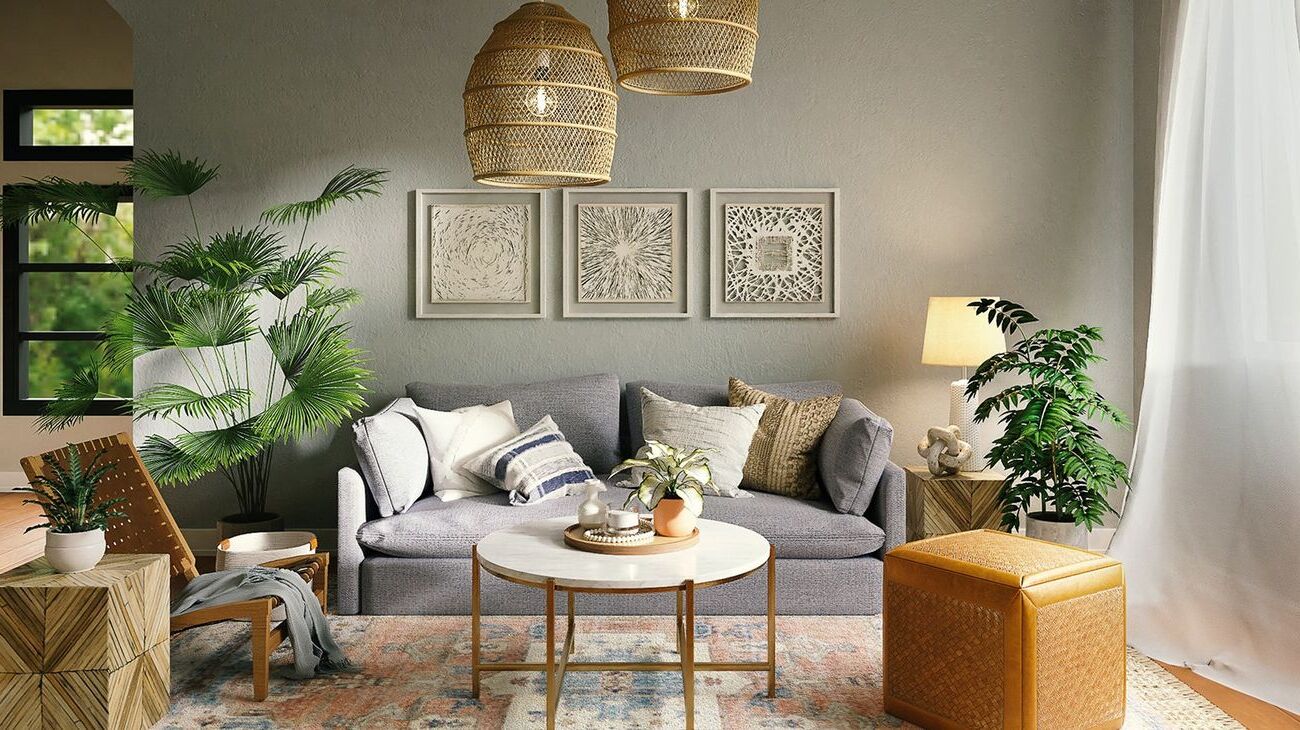
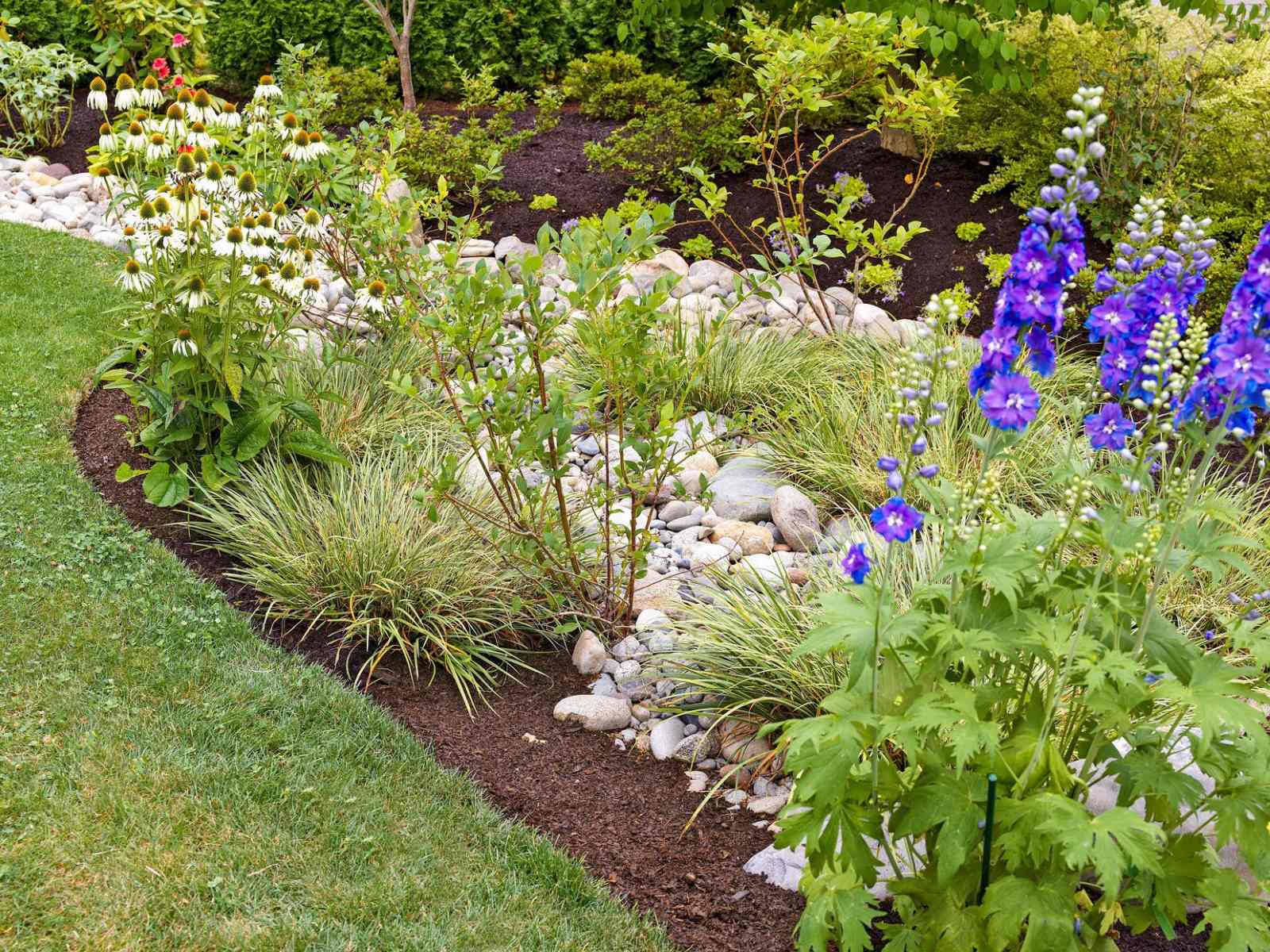
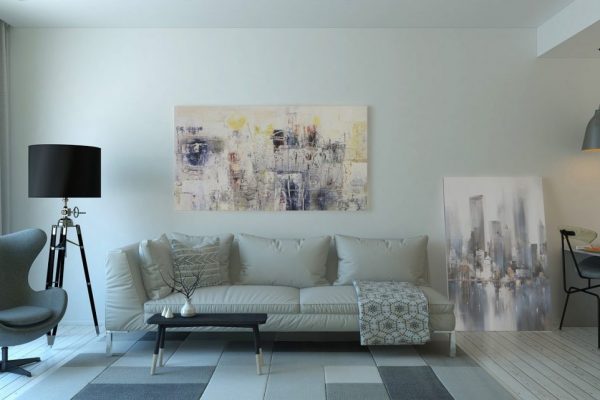
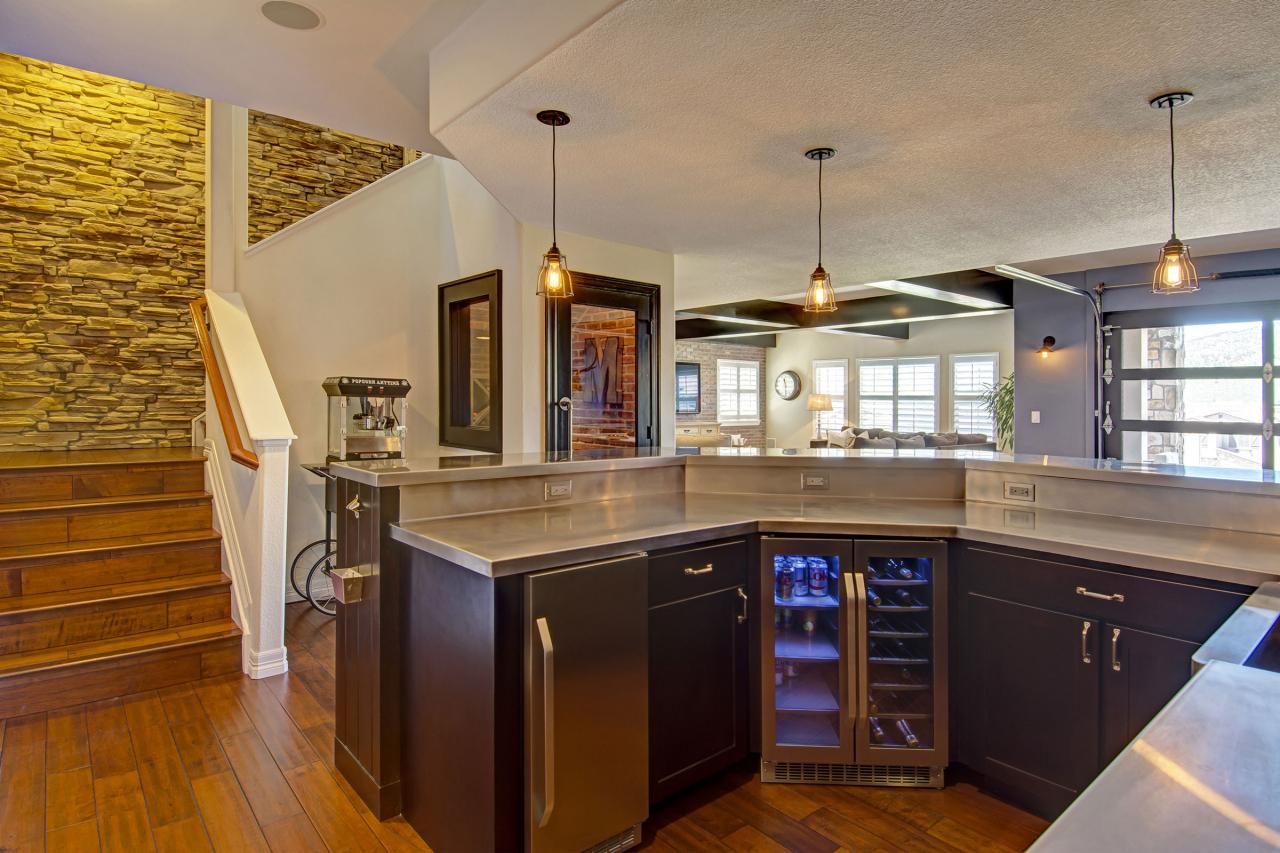

0 thoughts on “Decorating With Plants: 11 Ways To Display House Plants”